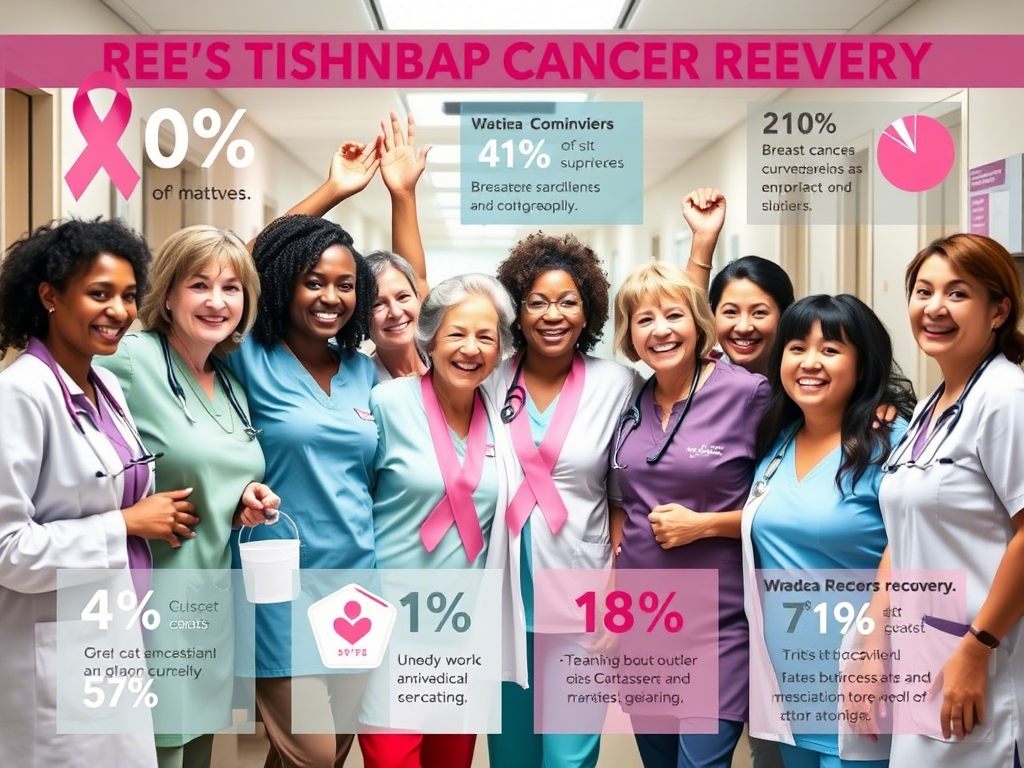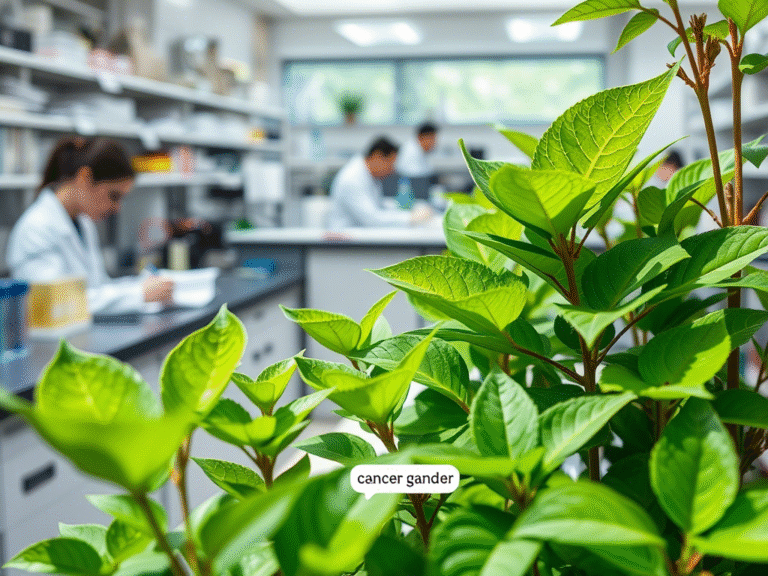Revolutionary Drug Offers Full Recovery in Tough-to-Treat Breast Cancer

Revolutionary Drug Offers Full Recovery in Tough-to-Treat Breast Cancer
BRCA1 and BRCA2 are genes linked to inherited breast cancer. When these genes carry mutations, they lose their ability to repair DNA damage effectively, leading to aggressive forms of the disease — often triple-negative, which are harder to treat. These cancers, however, tend to respond well to a class of drugs called PARP inhibitors, which target the tumor’s weakened repair system.
In a recent clinical trial led by researchers in Cambridge, a new treatment strategy has shown extraordinary results: a 100% survival rate among patients with BRCA-related breast cancer.
The approach involves giving patients a combination of chemotherapy and a targeted drug before surgery. All participants who received this pre-surgery regimen survived at least three years after treatment — a critical window for high-risk patients.
Published in Nature Communications , the findings suggest this method could become the most effective therapy yet for early-stage BRCA-associated breast cancer.
This is especially promising news for those carrying BRCA mutations, like actress Angelina Jolie, who brought global attention to the issue in 2013 when she chose preventive surgery. While current treatments focus on shrinking tumors before surgery using chemo or immunotherapy, this new timing adjustment may significantly improve long-term outcomes during the vulnerable period following surgery.
The Partner Trial: A Groundbreaking Approach to Breast Cancer Treatment
A new strategy tested in the Partner trial is changing how we treat inherited breast cancer. The study introduced two key innovations: combining chemotherapy with the targeted drug olaparib before surgery, and optimizing the timing of these treatments for maximum effectiveness.
Led by Addenbrooke’s Hospital — part of Cambridge University Hospitals NHS Trust and the University of Cambridge — the trial involved 23 NHS sites across the UK. It focused on patients with BRCA-related breast cancer, a particularly aggressive form of the disease.
One of the most interesting findings was the impact of a short 48-hour gap between chemotherapy and olaparib. This pause appeared to give patients’ bone marrow time to recover from chemo, while keeping cancer cells vulnerable to the effects of the targeted drug.
The results were striking:
- Out of 39 patients who received the combination therapy, only one relapsed , and all survived at least three years after surgery.
- In comparison, the control group — which received chemotherapy alone — had a survival rate of 88% , with 6 deaths among the 45 patients.
One of the participants, Jackie Van Bochoven , shared her experience: diagnosed in 2019 with an aggressive tumor, she feared passing away like other women in her family. Six years later, she’s cancer-free, back at work, and enjoying life with her loved ones.
The success of this approach could extend beyond breast cancer. Researchers believe it may also benefit patients with BRCA-linked ovarian, prostate, or pancreatic cancers .
What makes this method even more promising is its potential cost-effectiveness. Patients currently take olaparib for up to a year after surgery, but in the trial, they took it for just 12 weeks before surgery — which could reduce both costs and side effects.
Professor Jean Abraham, the trial’s lead researcher and a consultant at Addenbrooke’s, expressed excitement about the findings:
“It’s rare to see a 100% survival rate in a trial like this, especially for such aggressive cancers. We’re hopeful this new approach can significantly improve outcomes for people with BRCA1 and BRCA2 mutations.”
From a Simple Conversation to a Major Medical Breakthrough
Professor Jean Abraham, also a Professor of Precision Breast Cancer Medicine at the University of Cambridge, explained that the idea for the 48-hour treatment gap came from an unexpected source — a casual conversation with Mark O’Connor , then Chief Scientist in Early Oncology R&D at AstraZeneca.
O’Connor commented on the significance of the trial’s findings:
“The PARTNER study shows how combining early detection with smart treatment strategies can make a real difference. Using lab insights about bone marrow stem cells helped shape this innovative treatment schedule. While we still need larger studies to confirm these results, they offer real hope for patients who currently have limited options.”
This kind of partnership between the NHS, academic institutions, and pharmaceutical companies is exactly what will drive future cancer research forward. It aligns with the vision behind the upcoming Cambridge Cancer Research Hospital , set to open on the Cambridge Biomedical Campus. The new facility will bring together doctors, scientists, and industry experts under one roof to develop cutting-edge diagnostics and personalized treatments aimed at catching cancer earlier and treating it more effectively.
Michelle Mitchell, Chief Executive of Cancer Research UK, emphasized the importance of rethinking how we use existing drugs:
“Sometimes the next big breakthrough isn’t about creating something entirely new — it’s about using what we already have, but smarter. This early-stage research suggests that timing olaparib correctly could give patients more precious time with their families. More work is needed, but it’s a promising step toward kinder, safer cancer care.”
Professor Abraham and her team are now preparing for the next phase of research, which aims to test the approach in a larger group of patients. They’ll be looking to confirm not only its effectiveness, but also whether it offers a less toxic and more cost-efficient alternative to current standard treatments.





